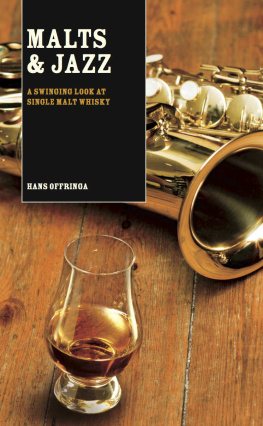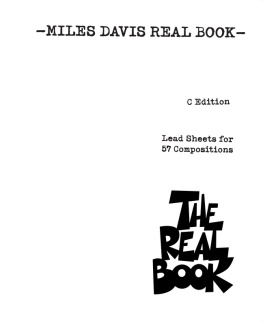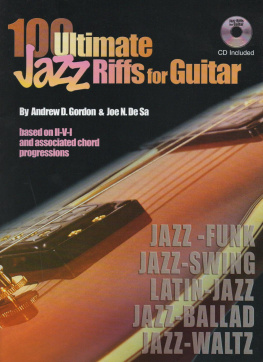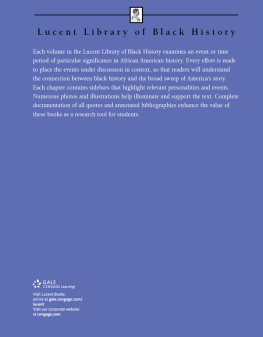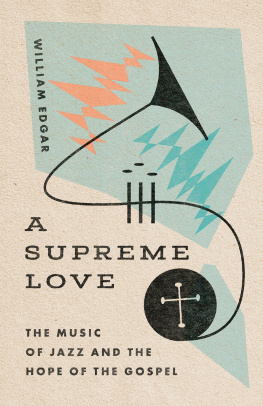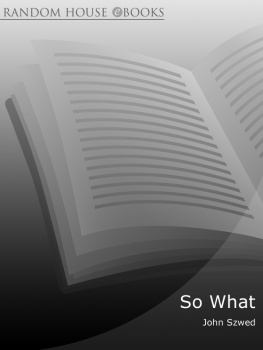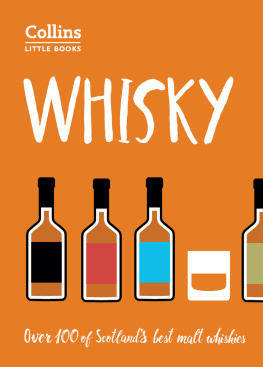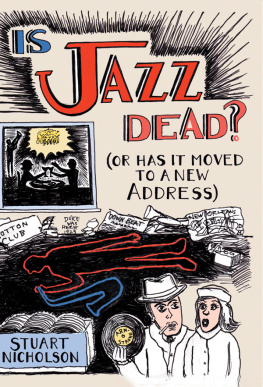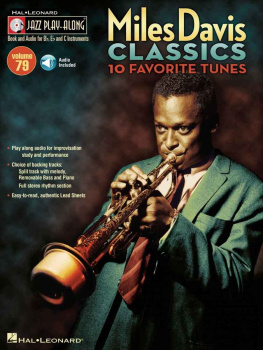Malts & Jazz
Hans Offringa
Malts & Jazz
Conceptual Continuity
2013
Hans Offringa
Conceptual Continuity
Photography: Institute of Jazz Studies, Hans Offringa, Ben Williams
Design & Layout: Becky Lovett Offringa
Cover Design: Studio Baat
All rights reserved. No part of this book may be reproduced, stored in a database or retrieval system, or published, in any form or in any way, electronically, mechanically, by print, photocopy, microfilm or any other means without prior written permission from the publisher and the author.
ISBN 978-90-78668-25-1
www.hansoffringa.com
www.thewhiskycouple.com
To Michael, Theo and Jack
a formidable trio
Table of Contents
FOREWORD
A Jackson in Your House
Whisky and jazz. It seems so obvious, yet somehow no one has written a book about it before. I can imagine our buddy Michael Jackson sitting there, nodding with approval as Hans explains his inspired notion that the two could be combined ... then beaming that he has done it so effectively. Jazz, after all, was MJs music.
Of course, youre not a jazz man, Michael said to me once. Actually, I began, somewhat nervously (this was early in our friendship), I started writing about jazz before I began writing about whisky. He looked at me over the top of his glasses ... Really? he replied, before giving me the most pleasant of exams, consisting of anecdotes of his meetings with Dexter Gordon, Ben Webster and all the other legends with whom hed had a drink.
We began swapping tales, titles, musicians, finding that we parted company, jazz-wise, in the 1960s when I went off with Trane, Ayler, Shepp, Coleman (Ornette rather than Hawkins) and the free players. We could never quite resolve that, thank goodness, because it demonstrates how jazz is all encompassing, uncategorisable, open to all ... like whisky in so many ways.
Both are there to be explored. The book is never closed. Just as you think you may have reached your comfort zone, a new bottle, a new artist, comes along, jolts you out of complacency, offers up a new possibility, a new avenue to explore.
Neither does it matter that there is discussion between you and your friends over which malt is the best, because it opens up another area of dialogue between like-minded people. Malt whisky is all about conversation, comparing, talking, agreeing, disagreeing, learning. Jazz, likewise, is a musical conversation at its most intimate and, almost paradoxically, most intense. Listen to the music suggested in this book, see how the lines weave between the artists, the manner in which their musical voices rise, develop and subside. Jazz is about improvising on themes, just as every single malt improvises on flavours; the way in which every single cask offers a new interpretation of a distillery character is the same as a jazz musician bringing his (or her) own interpretation to a standard. To appreciate both you need to be contemplative yet alive to the moment, relaxed yet attentive, open to possibilities. Jazz is not background music; it sets the mood, it opens the mind. A glass of malt does the same. So does this book.
You pick malts in the same way as you pick your jazz. Writing this I looked for inspiration. Ben Webster? Too silky. Some Chet Baker? (MJ must have met him, surely) Nah, Ill just cry. I scan the shelves, Coltrane playing Nature Boy, thatll do it. Its about matching the most appropriate tune to the time, mood and company in the same way as youd choose the right dram for the moment. You wouldnt drink a heavy peaty malt as an aperitif, would you?
Choose your flavours as carefully as your music. Get the balance. Most importantly, take your time. Jazz is about playing with time, taking a theme, stretching it out, teasing and worrying at it, examining the possibilities of every note and in doing so, revealing the soul underneath. Likewise, a great single malt needs time, first to develop in the wood, then to open in the glass, to breathe, to unveil its depths and complexities. Malt isnt the three-minute head-rush of punk rock; its a half-hour meditation on flavours as they expand, meld, then slow; its about constant, subtle changes so that when you take that last sip and listen to that last chord you wonder: How did I arrive here?
As Tranes put back on the shelf, I spot an old Art Ensemble of Chicago record close by. Its called, appropriately enough, A Jackson in Your House. Have an Offringa in your house as well. Thanks Hans ... theres hope for the whisky book after all!
Dave Broom
INTRO
Jazz is not dead,
it just smells funny!
Frank Zappa (1940-1993)
composer, conductor and guitarist
Whisky isnt dead either; its alive and kicking as never before. New markets emerge where the drink of drinks was not obtainable until recently and hedonistic pleasures are combined with a dram, like smoking cigars with a glass of fine single malt.
Whisky and food has become another matter of interest to whisky aficionados around the world. And indeed, some people do think that whisky smells funny!
There are more similarities between whisky and jazz, however. Both were crafted under the suppression of a neighbouring majority that looked down upon the craft as well as the craftsmen. The illicit stills in the Highlands paradoxically flourished due to the English suppression and eventually produced the most appreciated, most powerful expression the single malt. Jazz was born out of traditional folk music brought by African slaves to the Americas and first considered a raw and uneducated form of noise by the majority of the white population in the U.S., only decades later to be embraced by that same crowd.
With my late friend and fellow writer Michael Jackson, I shared not only the love for the drink but also a passion for jazz in general and the bebop variety in particular. During one of our many get-togethers, he told me a story about him and Dexter Gordon, back in the 1960s in Amsterdam, visiting jazz clubs and chasing Lagavulin, which happens to be one of my favourite single malts. That story triggered my imagination and I invited Michael to my favourite pub in Zwolle, De Tagrijn. He immediately took a liking to publican Theo Dragt, owner of an immense collection of jazz cds and a lover of the cratur too. That night, 14 November 2004, the seed was sown for Malts & Jazz . When working on the manuscript, a few years later, I was assisted by another dear friend, Jack McCray, jazz historian and musician from Charleston, SC. Without this unique trio this book would not have become what it is. Unfortunately I lost all three of them in this world. They successively passed away in 2007, 2008 and 2011, all three too young, all three at home, all three due to a heart attack.
Whisky and jazz have proven to be survivors, regardless which drink or what musical style is the fad of the day. And these two survivors continue to meet, day after day, year after year. Whisky still is a favourite drink among many jazz and blues musicians. Alas, I cannot consult my three dear friends anymore, but fortunately I can bookshelf their memory. Enjoy the read.
Hans Offringa
THE ORIGINS

The Roots of Jazz
African Americans invented jazz music even though it wasnt called jazz at the time in the late nineteenth century in the southern region of the United States. Famous cradles of jazz are New Orleans, Louisiana and Charleston, South Carolina. The latter, with its undiluted enslaved African population, complete with the related retentions and residuals of African culture, was to play an important role in the future development of jazz, solidly founded in the African cultural concept of improvisation. Its roots, however, go back much further in time and are based upon traditional African folk music, brought to America by people from the West Coast of Africa. Being sold as slaves upon their arrival, they held no possessions whatsoever and were unintentionally forced to use the only instrument their masters could not take from them: their voice.

